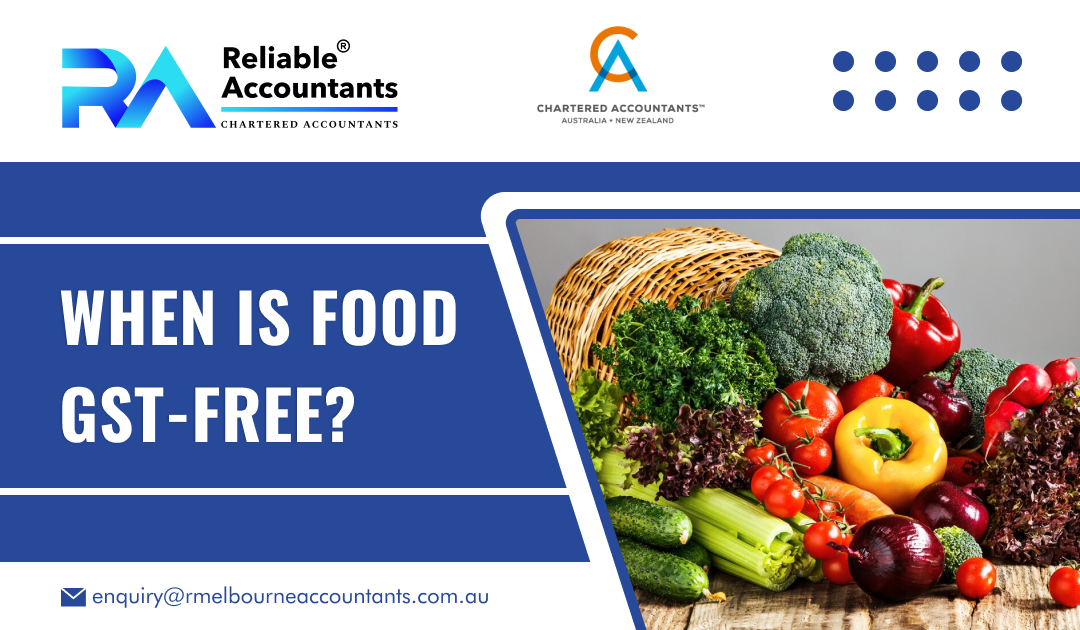In a recent case before the Administrative Appeals Tribunal (AAT), it was discovered that while Chobani plain yoghurt is GST-free, the ‘flip’ range of Chobani is taxable. This demonstrates how fine the dividing line can be between GST-free and taxable foods. In 2000, the Goods & Services Tax (GST) was introduced with the exclusion of basic food to secure the support of the Democrats for the new tax regime. 23 years later, the result of this exclusion is an unwieldy divide between GST-free and taxable foods, which are consistently tested and modified. In the aforementioned case, US yoghurt giant Chobani Pty Ltd tested this dividing line.
At the centre of the case was Chobani’s Flip Strawberry Shortcake flavoured yoghurt and if the product comprised of a tub of strawberry-flavoured yoghurt with a separate tub of white chocolate pieces and baked cookie, is subject to GST. If the two products were sold separately, the baked cookie pieces would be taxable and the yoghurt GST-free.
Chobani had treated the flip yoghurt range as GST-free, depending on a 2001 GST ruling that enabled “a supply that seems to have multiple parts but is importantly a supply of one thing” to be a composite supply. A product could be treated as GST-free if it is a composite supply if the other components didn’t exceed the lesser of $3 or 20% of the overall product.
The ATO then informed Chobani in 2021 that its position had changed and that it intended to treat the flip yoghurt as a combination product and so tax. Under the GST system, ‘combination foods’ are liable to GST if at least one of the food components is taxed. Lunch packs of tuna and crackers, for example, are a combination item, and hence GST applies to the entire product because the tuna and crackers are intended to be eaten together. However, if the food is mixed supply, where each food item is separate from other food items and not likely to be eaten together, the GST will be applicable (or not) to each product. Hamper is an example.
In the case of Chobani, the AAT was in favour of the Commissioner’s interpretation that the flip food item was a combination of food and therefore liable to GST on the whole product. The Chobani’s test case results in a number of implications. The first is that the ATO has released a new draft GST ruling on combination foods substituting the previous guidance. According to the guidance, three principles apply when checking whether there is a supply of combination food:
- At least one separately identifiable taxable food should be there.
- The separately taxable food needs to be joined together with the overall product.
- The independently identifiable taxable food must not be so integrated or negligible within the overall product that it has no effect on the essential character of that product.
The second implication is that at least one classification on the ATO’s GST status of major product lines list will change. Dip (with biscuits, packaged individually or together) was listed as a mixed supply, not a combination food.
The Birds Eye case was also unsuccessful in its appeal to the Federal Court that their frozen vegetable products that combined rice, omelette or grains were GST-free. According to the court, the foods were either a combination of food or prepared meals and therefore taxable.
Warning: Redrawing Investment Loans
According to the ATO, incorrect submission of rental property income and expenses is costing approximately $1bn each year in forgone tax revenue. It has been noticed that the ATO focuses on redrawn or refinanced loans. It involves the data matching of residential property loan data from financial institutions from 2021-22 to 2025-26. The information is matched to what taxpayer has claimed on their tax returns.
If you have an investment property loan and redraw the loan for a different reason than the original borrowing, the loan account is considered a mixed-purpose account. Interest accruing on mixed-purpose accounts must be apportioned between each of the different purposes the money was used for.
On the other hand, if the redrawn funds are used to generate investment revenue, then the interest on this part of the loan needs to be deductible. For instance, if you’ve redrawn personal debt, then the interest related to this part of the loan balance is not deductible. Not only will the interest expenses be apportioned into non-deductible and deductible parts, but repayments will be apportioned too.
Withdrawals from an offset account are treated as savings. If you have a loan account and an interest offset account is connected to this account that minimises the interest payable on the loan, withdrawing funds from the offset account will maximise the amount of interest accruing on the loan, but won’t change interest expenses’ deductible percentage. When you withdraw funds from an offset account linked to your home loan, it is considered to be a withdrawal of your savings. This withdrawal will not affect the amount of interest that can be claimed as a tax deduction on your loan account.
If you have a home loan that was used to purchase your primary residence, and you have funds in an offset account, withdrawing those funds to use as a deposit on a rental property will not allow you to claim any interest that accrues on the home loan.
However, if you redraw funds from the home loan to purchase a rental property, then the interest that accrues on that portion of the loan should be deductible. It is important to note that the tax treatment of these transactions depends on how they are structured.

